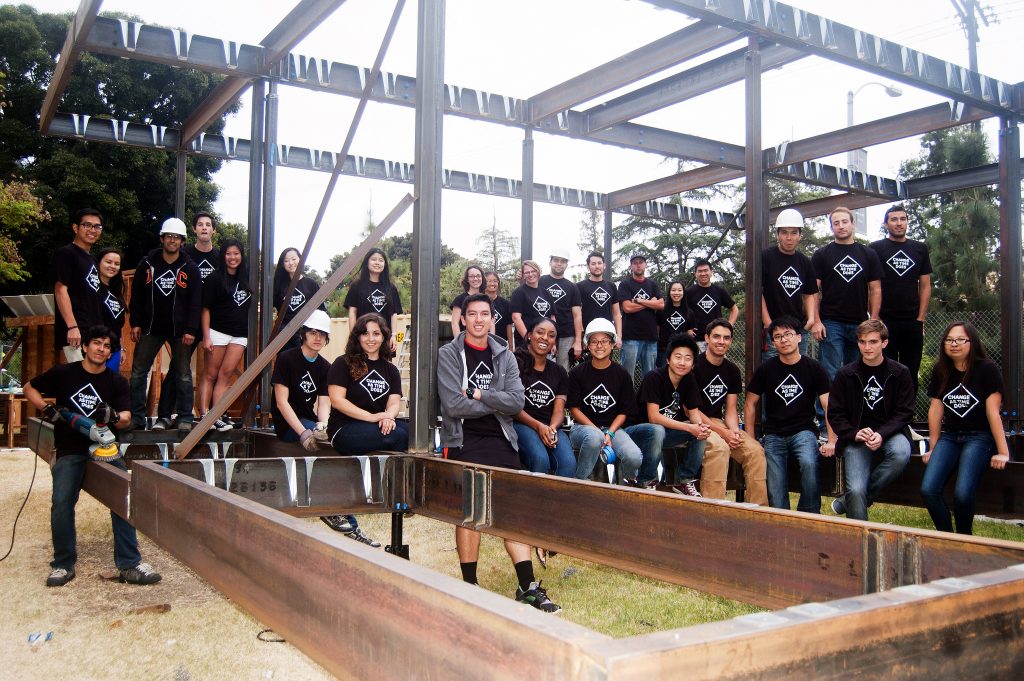Real World Projects for Hardworking Students
Friday, March 31, 2017
By Joe Simon
The most interesting and challenging questions don’t have a single right answer. Sure, 2 + 2 = 4. Everyone learns that in school. But what is the best design for a livable home powered entirely by the sun that can be transported anywhere in the world and assembled in just a few days? Solar Decathlon competitions worldwide have netted 274 different-yet-correct answers to this question since it was first posed in 2002.
Our workforce faces this type of question each day. Because some answers can’t be taught in lecture halls, hands-on learning experiences such as the U.S. Department of Energy Solar Decathlon are essential in preparing collegiate students for the real world.
I personally believe that the formula for success in the competition is similar to what’s needed to be successful in real life. As the current competition manager and a former competitor, I’ve seen thousands of students learn-by-doing and find success after graduation as a result.
The Solar Decathlon, like most real-world projects, cannot be solved alone or without diverse expertise. Participating teams need students from different academic backgrounds—including engineering, architecture, building science, interior design, business, marketing, and communications—to perform well in the 10 contests that encompass the competition. Although these students may never have a class together, the competition gives them a reason to share a common goal.
The University of Southern California’s Solar Decathlon 2013 Team. (Credit: U.S. Department of Energy Solar Decathlon)
Working together, each team determines how to deliver a successful house for a particular client. To understand their client’s needs, they may interview people or conduct research. The buildings need to be safe and compliant, so students learn about building codes and how to work safely on a construction site. Construction, transportation, and presentation costs money, so students must figure out how to pay for their house, market it, furnish it, operate it, all while adding value to their partners and supporters.
Each team is different, but almost all work with industry partners. Teams turn to structural engineering firms, modular home builders, utility companies, or their university to contribute elements and expertise. Not many kids are capable of raising hundreds of thousands of dollars while in college. For decathletes, it’s just one piece of the puzzle.
To achieve success, students work under aggressive deadlines, going from nothing to a fully livable house in 18-20 months. On top of building a zero-energy ready house, the most successful teams think carefully about how to operate and present their house better than their competitors.
Often, the difference between really good and great is very small. The teams that place the highest understand that every choice—even something like opening the fridge too many times—can be the difference between first place and second place in the competition. Every decision has consequences in a Solar Decathlon, just like in the real world.
 Clemson University team members work together to install solar panels during the assembly phase of Solar Decathlon 2015. (Credit: Thomas Kelsey/U.S. Department of Energy Solar Decathlon)
Clemson University team members work together to install solar panels during the assembly phase of Solar Decathlon 2015. (Credit: Thomas Kelsey/U.S. Department of Energy Solar Decathlon)
This is exactly the kind of hands-on experience that sticks with students. After participating in the Solar Decathlon, graduates are prepared to be part of a team, to work with others from different backgrounds, to collaborate with partners, and to recognize the importance of the smallest details when taking on a huge challenge.
These students are fully prepared to enter the workforce after receiving their degree. When it comes time for them to respond to a tough interview question—one of those that may not have an easy answer—they are ready. My bet is their response begins with, “When I worked on a Solar Decathlon team…,” and it’s probably going to be a great answer.
Tags: Clemson University, Competition, Solar Decathlon, Solar Decathlon Alumni Association, Teams, U of So Cal

